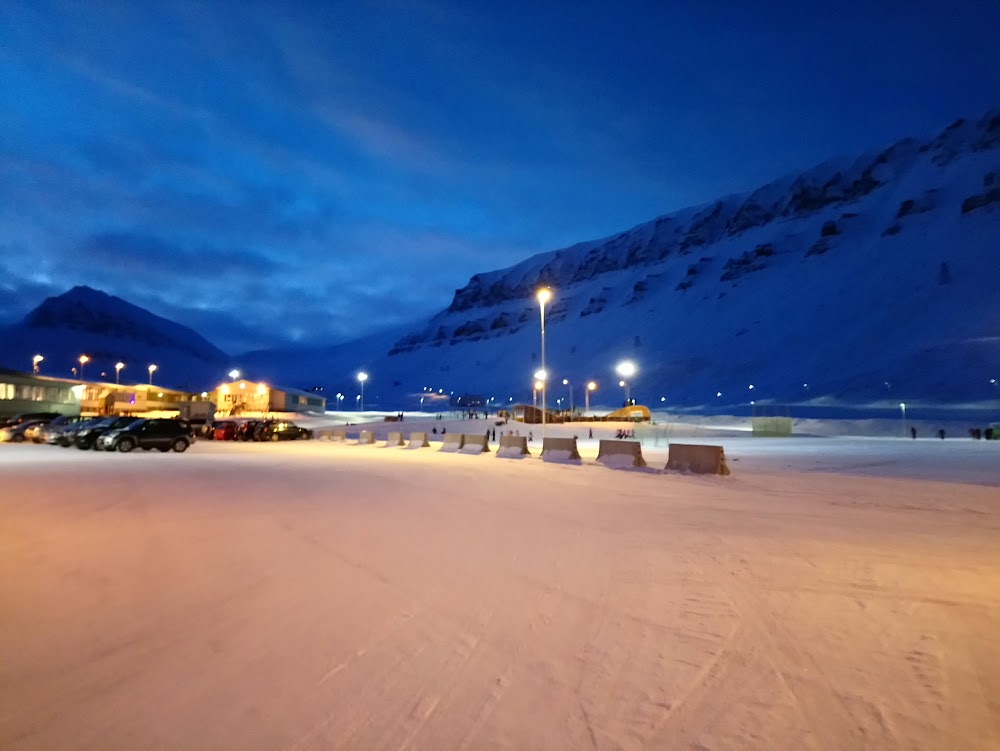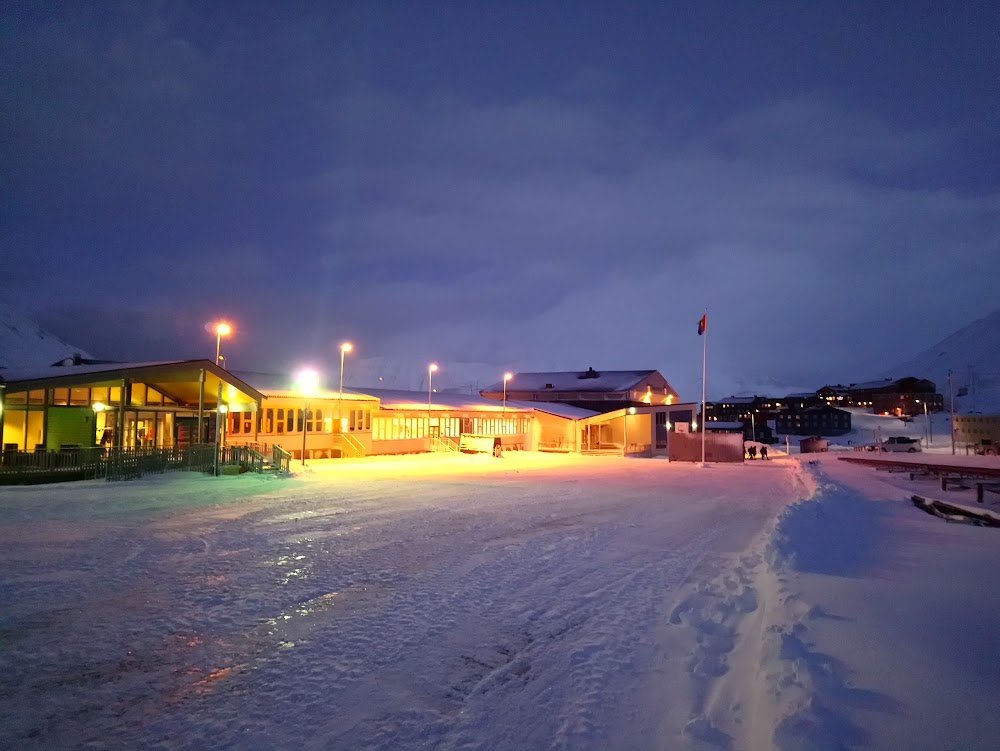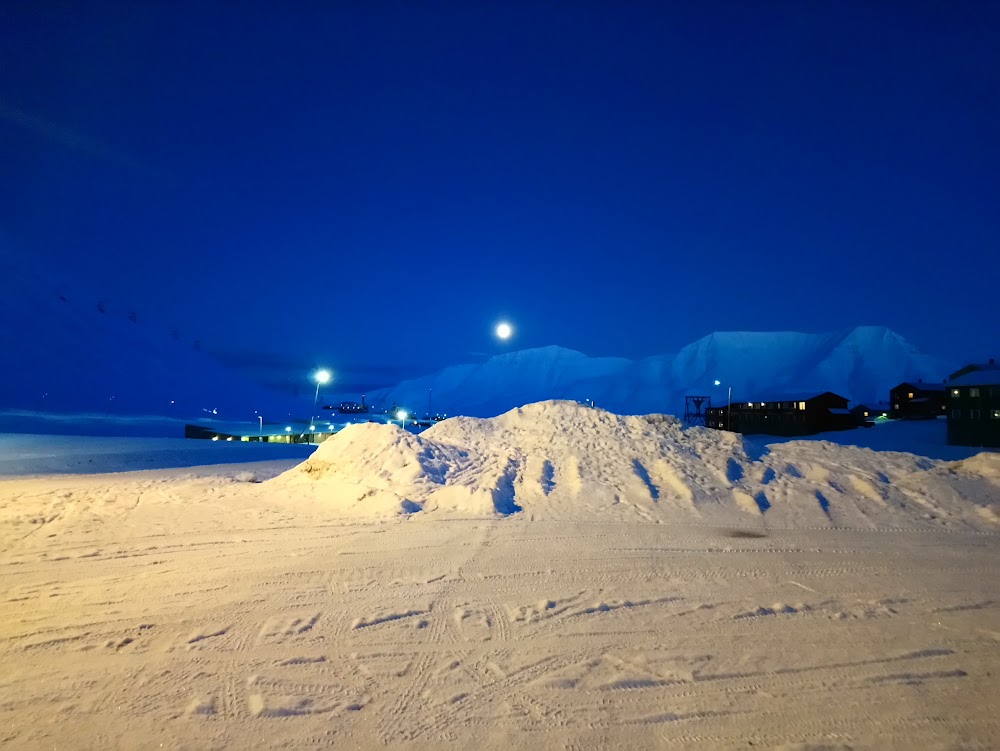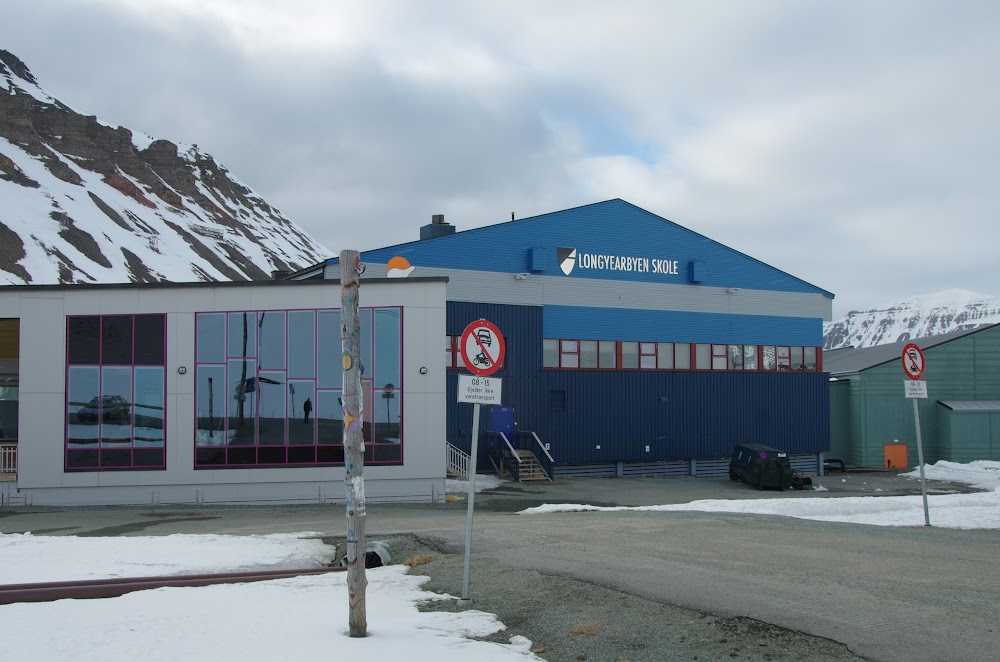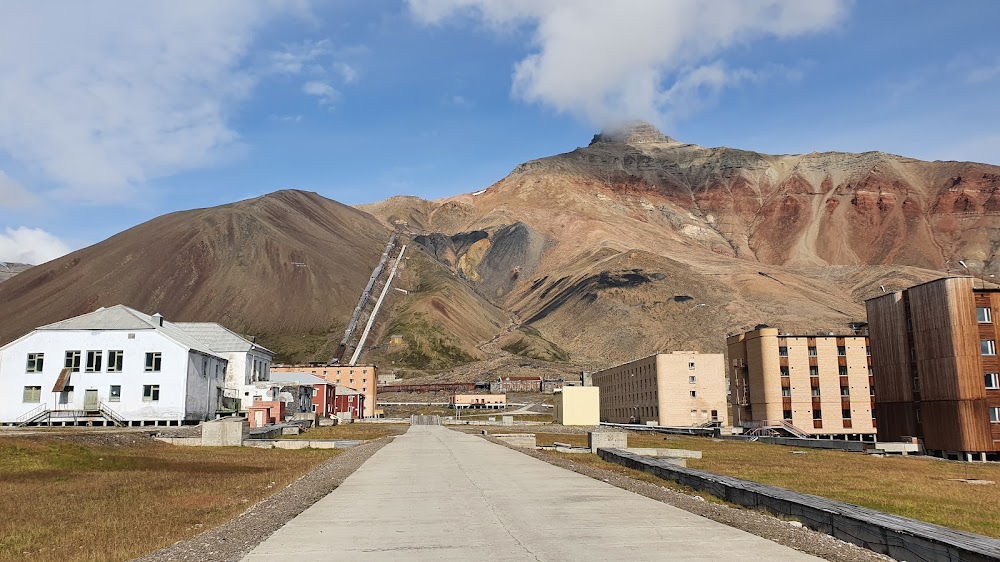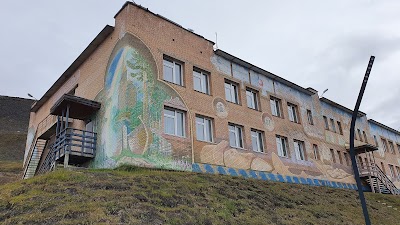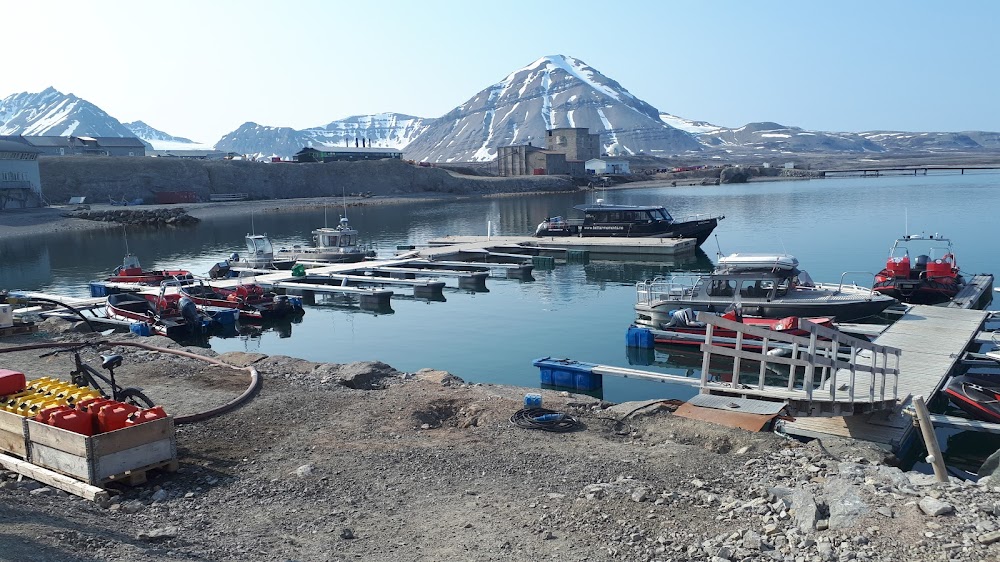Longyearbyen School (Longyearbyen skole)
Related Places
Overview
Longyearbyen School is located in Longyearbyen, the northernmost city in the world, nestled within the breathtaking archipelago of Svalbard, Norway. Established to serve the local community in this remote region, the school is a vital institution, offering education from daycare through to upper secondary level. It plays a crucial role in ensuring that families living in one of the most isolated environments can provide their children with a comprehensive education without leaving Svalbard.
The school was originally constructed in the 1950s by the state-operated coal mining company, Store Norske Spitsbergen Kulkompani (SNSK). The establishment of Longyearbyen School was driven by the need to support families in this isolated locale, as coal mining was the primary industry. By providing a school, it became easier to attract families to the area, knowing their children could receive a quality education in close proximity.
Since its inception, Longyearbyen School has undergone significant transformations. With the shifting demographics of Longyearbyen, the school has continually evolved. A major modernization in 1971 expanded the school’s facilities to accommodate a growing number of students and improve learning environments, including the installation of advanced heating systems vital for comfort in such an extreme Arctic climate.
In the late 2000s, a surge in international residents brought new educational needs, prompting the school to implement innovative curricula and reforms. Classes are now taught in both Norwegian and English, reflecting the town’s increasing diversity. This bilingual approach fosters integration among students from various backgrounds, equipping them for future education and careers on a global scale.
The unique location of Longyearbyen School presents both challenges and opportunities for students and staff alike. The extreme latitude results in polar nights lasting for months during winter and the enchanting midnight sun in summer. This phenomenon necessitates a special structure for the school year, with teachers adapting their curricula to make the most of the bright summer months while also addressing the long periods of darkness through engaging activities and outdoor education.
A strong emphasis on environmental and Arctic studies is a hallmark of Longyearbyen School, leveraging its stunning natural surroundings. Students frequently embark on field trips to explore local flora, fauna, and geology, providing them with a hands-on educational experience that is rarely matched elsewhere.
Safety remains a top priority at Longyearbyen School, given the harsh Arctic environment and the occasional presence of polar bears. The school has implemented strict safety protocols, including regular drills and secure fencing around the premises. Students are educated on safe practices when in polar bear territory and are always accompanied by armed guides during field trips to ensure their protection.
Longyearbyen School boasts modern facilities, including well-equipped classrooms, science laboratories, a library, and specialized rooms for arts and physical education. The infrastructure is continuously updated to withstand the challenging climate, ensuring a safe and comfortable learning environment. Moreover, the school functions as a community hub, hosting evening classes and cultural events for the residents of Longyearbyen.
In essence, Longyearbyen School stands as a beacon of learning and community spirit in Svalbard. It embodies the resilience and adaptability of its students and staff, constantly evolving to meet the unique challenges of Arctic life. With a strong focus on both local and global education, the school prepares its students not only academically but also for the distinctive demands of living in one of the most remote and challenging environments on Earth.


